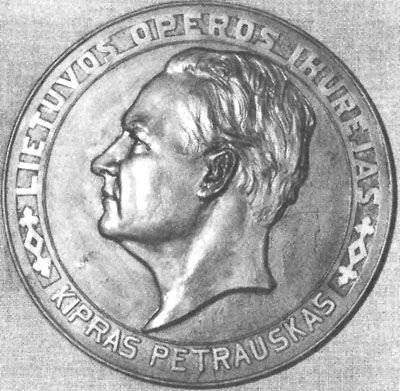Editor of this issue: M. G. Slavėnas
Copyright © 2004 LITUANUS Foundation, Inc.

|
LITUANUS
LITHUANIAN QUARTERLY JOURNAL OF ARTS AND SCIENCES
Volume 50, No.4 - Winter 2004
Editor of this issue: M. G. Slavėnas ISSN 0024-5089 Copyright © 2004 LITUANUS Foundation, Inc. |

|
SCULPTURES BY JUOZAS ZIKARAS
Algimantas Kezys
In his sculptural career, Juozas Zikaras (1881-1944) utilized two diverse styles of expression: the traditional, realistic, highly polished (Liberty, Mother, Dream) and the vibrantly expressionistic "rough cut" (Thinker, Francesca de Rimini in Hell). This latter technique, similar in style to some of Rodin's pieces, allows one's imagination to soar freely. All of Zikaras's work contains strong symbolism with thought-provoking overtones; art that communicates; sculpture as poetry. For Zikaras, truth in art becomes an interpretation of feelings, a glimpse into the essence rather that an exact depiction of reality.
Juozas Zikaras was born in 1881 in Lithuania to a family of landless peasants. During his early years, he became a carpenter and plied his trade at neighboring farms. Later, he accepted a position in security at the Panevėžys Teachers Seminary, learned to play the violin and even performed with a regional orchestra. Leisure time was occupied carving statues from wood, painting portraits and landscapes. With the assistance of his friends, Zikaras enrolled in an art school in Vilnius, continuing his studies in St. Petersburg, where in 1916 he earned a sculptor's diploma with a silver badge of recognition. The sculpture piece Thinker (1910) was the most notably prominent bronze of this period.
In 1918, Zikaras and his family returned to Lithuania. He found work as an art teacher at the Panevėžys High School and at the Teachers Seminary. Gradually, Zikaras evolved as a sculptor in his own right. Notable bronzes followed suite: Dream (1923), Quietude (1923), Hope (1925), Daydreaming (1926), Modern Madonna (1928). Also in 1928, Zikaras created a statue entitled Liberty. It was unveiled in the promenade of the Kaunas War Museum to commemorate the 10th anniversary of Lithuanian Independence. This sculpture became a symbol of freedom to the Lithuanian people. During the subsequent Soviet occupations of Lithuania, Liberty was removed and secreted in storage. Upon regaining Lithuanian Independence, Liberty was again repositioned in her place of honor. As recognition, Zikaras received the Medal of Independence for Liberty.
Zikaras continued accepting commissions from the Lithuanian government ministries. The Finance Ministry requested coin models of Lithuanian currency. The newly minted, Zikaras-designed centas and litas were placed in circulation in 1925, with new issues in 1936 and 1937. Numerous awards and recognitions were bestowed on Zikaras, with the Grand Prix at the Paris Agricultural Exhibition (1937) for model Lithuanian Homestead, highlighting his international fame.
According to statistics, published in Juozo Zikaro Muziejus (Kaunas, 2001), Zikaras has created 121 sculptures, bas relief, and models, 75 paintings and graphic works, and 69 coin models stored at the M.K. Ciurlionis National Museum of Art in Kaunas. An additional 157 works are preserved in various museums in Lithuania as well as in private collections.
Twenty nine works have been bequeathed by the late Aldona Zikarienė to the Lithuanian Museum of Art in Lemont, Illinois.
__________
The works reproduced here are from the permanent collection of the Lithuanian
Museum of Art in Lemont, Illinois, USA
__________
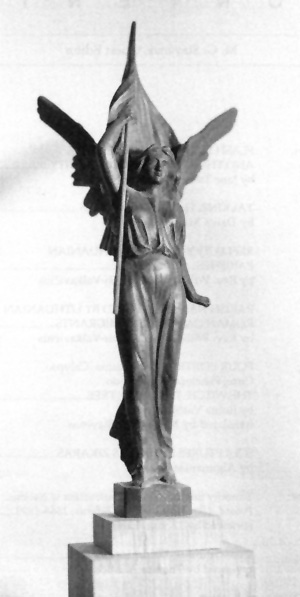
"Freedom", model, mixed media, 10 3/4" x 2 3/4" x 2 3/4"
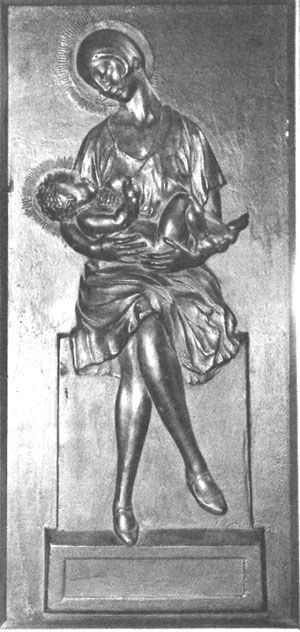
"Modern Madonna", clay model, 21" x "10"
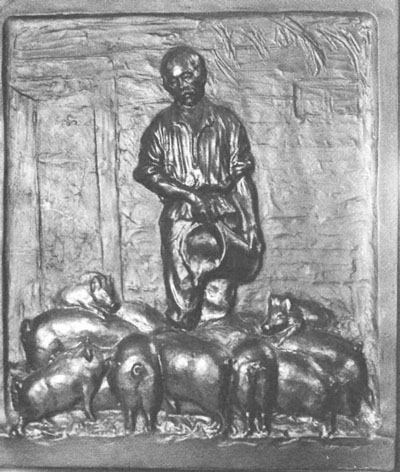
At the "Treasure Chest" of the State, clay model, 20 3/4" x 18"
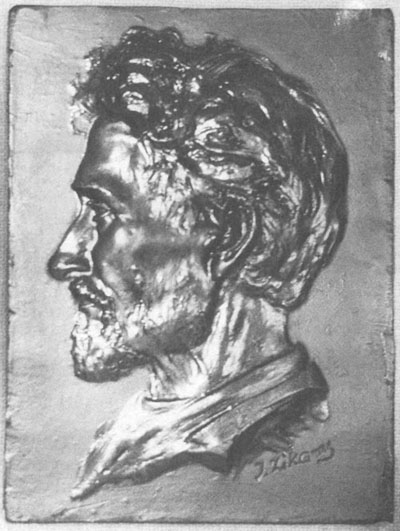
"Portrait of Vydūnas", clay model, 9" x 6 3/4"
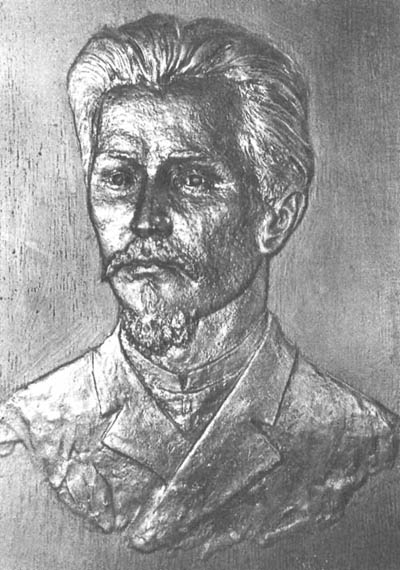
Portrait of Vincas Kudirka, caly model, 14" x 9.5"
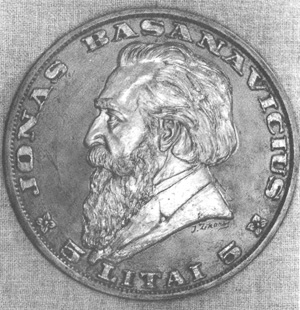
Lithuanian coin "Five Litai" commemorating
Jonas Basanavičius, clay model 10" diameter.

Lithuanian coin models.
